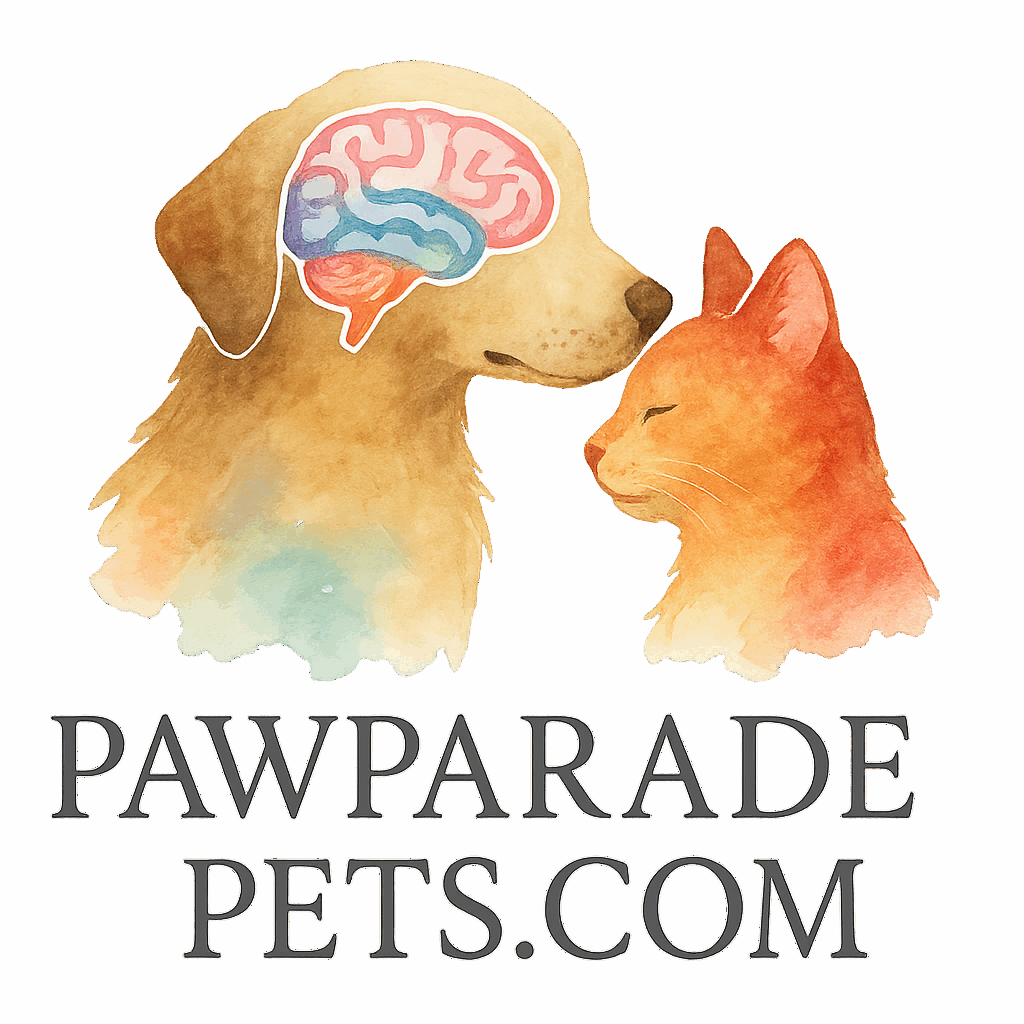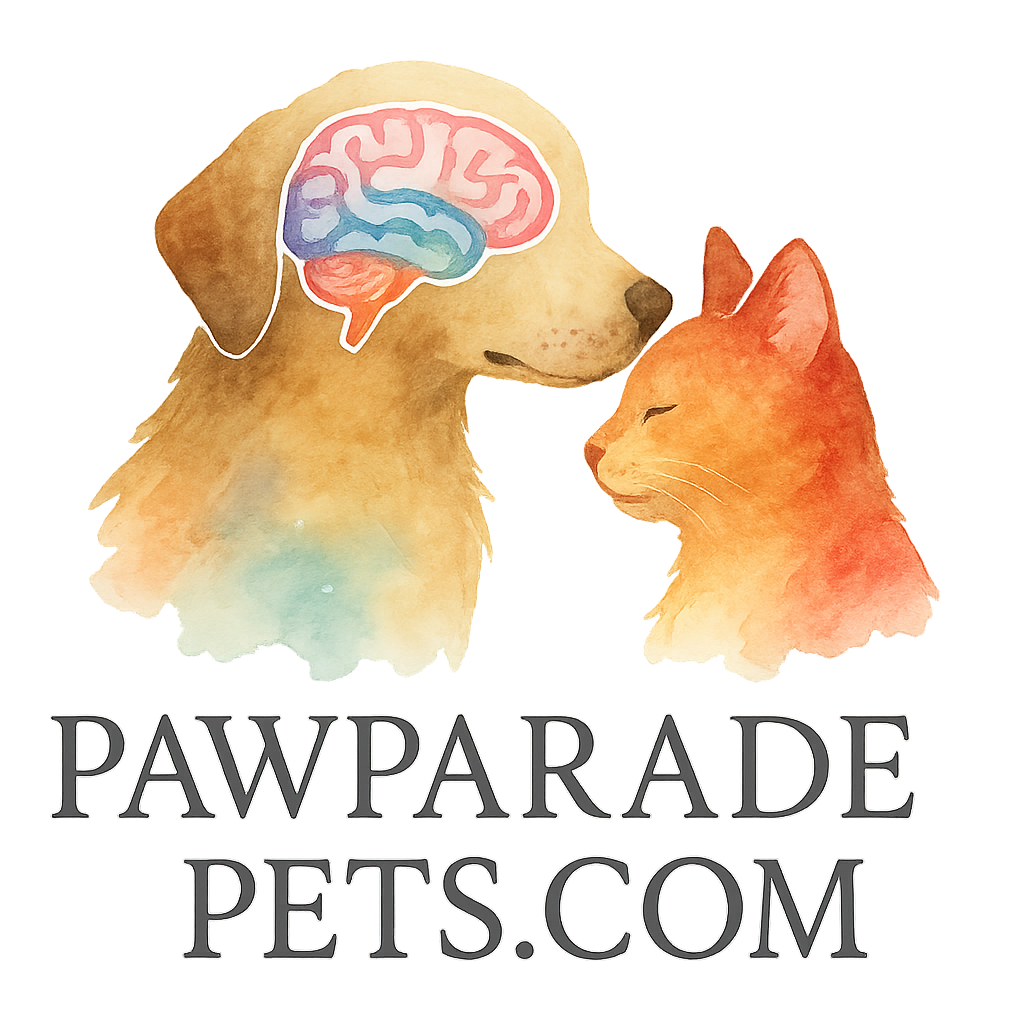If you’re a pet owner, you’re probably already familiar with the importance of exercise, play, and proper nutrition in keeping your furry friend healthy and happy. But have you ever considered the value of mental stimulation for your pet? Brain training tools for pets are becoming increasingly popular as we recognize that keeping their minds sharp is just as important as keeping their bodies fit. In this article, we’ll discuss 8 key features you should look for when selecting the right brain training tools for your pet.
Introduction to Brain Training for Pets
When we think about training pets, we often imagine teaching them basic commands, such as “sit,” “stay,” or “fetch.” However, just like us, pets can benefit from mental exercises that help them engage their brains, develop problem-solving skills, and reduce stress. Brain training tools are designed to challenge and stimulate your pet’s mind, providing cognitive benefits while keeping them entertained.
Dogs, cats, and even small animals like rabbits or guinea pigs can benefit from mental stimulation. Brain training can improve their attention span, reduce unwanted behaviors, and create a more engaged and balanced pet. Brain Training Basics can be a great starting point for those new to pet brain training.
What Makes a Great Brain Training Tool for Pets?
A high-quality pet brain training tool should meet several key criteria. It needs to engage your pet in a way that encourages cognitive growth without overwhelming them. Tools should be safe, durable, and suitable for your pet’s age and skill level. Moreover, they should be designed to keep your pet entertained while helping them improve problem-solving skills.
1. Age-Appropriate Challenges
The first thing to consider when choosing a brain training tool is whether it is age-appropriate. Just like humans, pets’ cognitive abilities vary by age. Puppies, for instance, are still developing their learning and problem-solving skills, so they need simpler challenges. On the other hand, senior dogs might benefit from tools that offer slower-paced challenges but are still mentally stimulating.
Benefits of Age-Specific Tools
Age-appropriate challenges ensure that your pet doesn’t get bored or frustrated by the training. Puppy brain training tools focus on basic skills like object recognition or simple commands, while tools for senior pets often work on memory and maintaining cognitive function.
Tools for Puppies
For younger pets, look for interactive toys that encourage them to use their paws or noses to solve puzzles, such as treat-dispensing toys or beginner-level maze games. These help engage their minds early on without overwhelming them.
Tools for Senior Dogs
Senior dogs can benefit from tools that focus on memory, simple problem-solving, and providing mental stimulation without overwhelming them. Look for games that offer easy-to-navigate puzzles, which can help keep their minds sharp and prevent cognitive decline.
2. Interactive and Engaging Games
Brain training tools should always offer a level of interactivity that keeps your pet engaged. Interactive games allow pets to learn through play, making training a fun and rewarding experience. When choosing a tool, consider games that your pet can actively participate in, rather than passive ones that only serve to keep them occupied.
Why Engagement is Key
Interactive games not only provide mental stimulation but also serve to strengthen the bond between you and your pet. Engaged pets are more likely to continue playing and learning, resulting in faster cognitive development and a better-trained pet overall.
Examples of Interactive Games
- Puzzle Toys: These require pets to figure out how to release a treat or toy, keeping them engaged for longer periods.
- Interactive Balls: Balls that move on their own or require interaction to make them roll can keep pets entertained and mentally stimulated.
3. Gradual Difficulty Increase
It’s important to choose tools that offer a gradual increase in difficulty. Just like us, pets can become frustrated if challenges are too difficult or too easy. Look for brain training tools that allow you to adjust the complexity as your pet advances. This keeps training interesting and ensures that your pet continues to develop mentally.
Keeping Pets Challenged but Not Frustrated
A sudden increase in difficulty can discourage your pet from continuing to engage in brain training. Gradually increasing the complexity of the challenges helps to build their problem-solving abilities at a manageable pace.
Example of Progressive Training Tools
Tools to Brain Train Pets such as interactive treat puzzles that start easy but grow progressively harder as the pet learns to solve the puzzles are a great option.

4. Positive Reinforcement
Positive reinforcement is a vital part of any training program, and brain training for pets is no different. Effective brain training tools should incorporate a system for rewarding your pet’s achievements, encouraging them to keep learning.
Using Positive Feedback Effectively
Pets respond best to positive reinforcement, which could include treats, praise, or toys. The right brain training tools will offer opportunities for you to reward your pet immediately after they solve a puzzle or complete a task.
Types of Rewards for Pets
- Treats: Small, tasty rewards can motivate your pet to continue solving puzzles.
- Praise: Verbal encouragement can reinforce a job well done.
- Toys: Sometimes a favorite toy is enough to keep your pet motivated.
5. Durability and Pet Safety
When selecting a brain training tool, durability and safety are top priorities. Pets can be tough on their toys and training tools, so look for options that are built to withstand wear and tear. Additionally, ensure that the tools are made from non-toxic materials to protect your pet from harmful chemicals.
Safety Features to Look for in Brain Training Tools
Look for products that are labeled as safe for pets and feature sturdy, chew-resistant designs. Also, ensure that any treats used with the training tools are safe and non-toxic.
The Importance of Safe Play
Ensure that the brain training tools you select do not have small parts that could be a choking hazard. Keep your pet’s safety in mind when choosing tools.
6. Versatility and Multiple Uses
Brain training tools should not only serve one function. Look for toys or gadgets that provide a variety of challenges, so your pet’s training doesn’t become stale. Multi-functional tools also provide better value for money.
Tools That Offer More Than One Game or Challenge
Multi-purpose training tools that combine games, puzzles, and treats are great because they allow you to keep your pet engaged for longer periods without the need to purchase new products frequently.
Examples of Multi-Use Tools
- Interactive treat dispensers that double as puzzle toys.
- Smart gadgets that adjust the difficulty level based on your pet’s performance.
7. Easy-to-Clean Designs
Hygiene is crucial, especially for pets that interact with toys and tools frequently. Look for brain training tools that are easy to clean and maintain. This ensures that your pet stays healthy and that the tools last longer.
Hygiene and Maintenance
Check whether the training tool can be easily wiped down or placed in the dishwasher. Hygiene should always be a consideration to prevent mold or bacteria growth.
Tools That Are Easy to Clean
Opt for non-porous materials that won’t absorb food or dirt, making cleaning a breeze.
8. Compatibility with Tech Gadgets
As technology advances, more brain training tools are integrating with tech gadgets such as apps or smart devices. These can track your pet’s progress and make training even more fun and efficient.
Tech-Savvy Training Tools
Devices that sync with apps allow you to monitor your pet’s progress, adjust difficulty levels, and even reward your pet remotely.
Benefits of Technological Integration
Smart pet gadgets can help you customize your pet’s training plan and offer more precise tracking of their cognitive development.
Conclusion
Choosing the right brain training tools for your pet is key to keeping them mentally sharp and happy. Whether you’re selecting a puzzle toy for a puppy or a memory game for a senior pet, the features you choose will make a huge difference in your pet’s cognitive development. Look for tools that are age-appropriate, interactive, safe, and durable. Don’t forget to reward your pet’s progress and keep their challenges gradually increasing. This ensures that both you and your pet enjoy a fun and rewarding brain training experience!
FAQs
1. How do I know if my pet is benefiting from brain training?
Watch for signs of increased engagement and problem-solving abilities, such as quicker response times to commands or solving puzzles.
2. Can brain training tools be used for all types of pets?
Yes, brain training tools can be adapted for different types of pets, including dogs, cats, and even small mammals.
3. How often should I use brain training tools with my pet?
Start with short sessions (10-15 minutes) once or twice a day, gradually increasing the frequency and length as your pet’s attention span improves.
4. Are tech-enabled brain training tools worth it?
Yes, they can provide a more personalized training experience and offer easy tracking of your pet’s progress.
5. How do I clean brain training tools?
Look for tools that are dishwasher safe or easy to wipe down. Ensure that food-based tools are regularly cleaned to prevent bacteria growth.
6. Are there any risks to brain training for pets?
If used incorrectly or too frequently, pets can become frustrated. Always choose age-appropriate tools and don’t push them too hard.
7. Can brain training tools be used for puppies?
Yes, there are several brain training tools designed specifically for puppies that focus on early learning and development. Brain Training Basics is a great resource for starting out.


